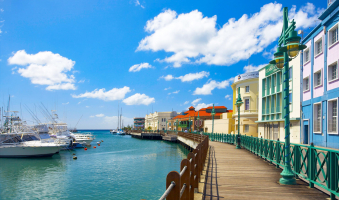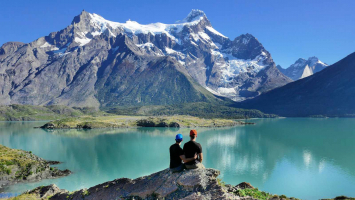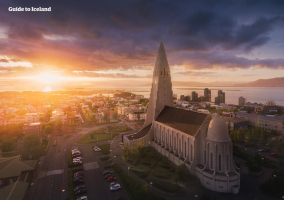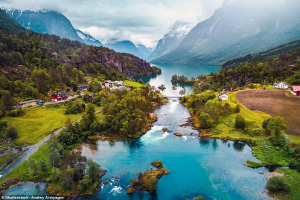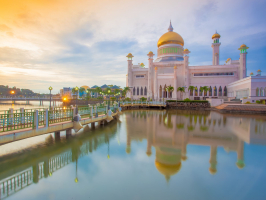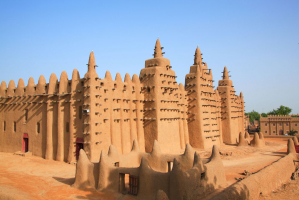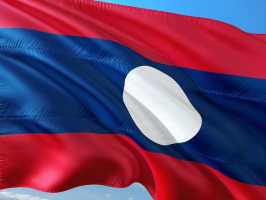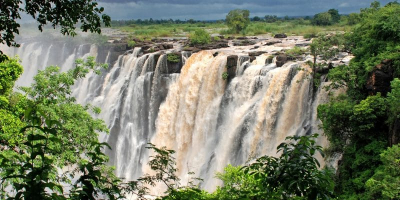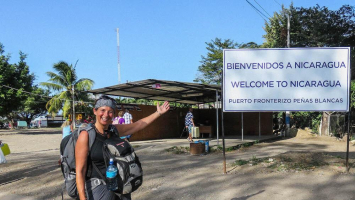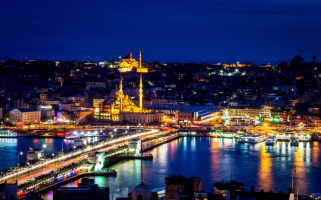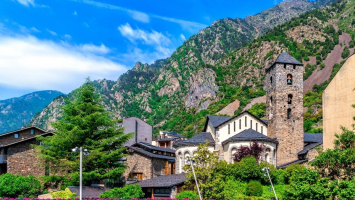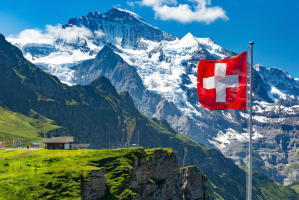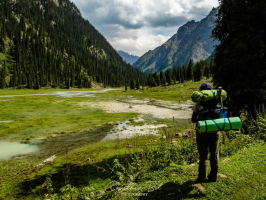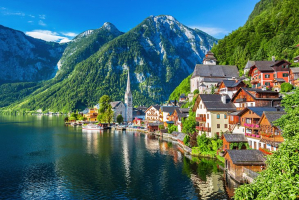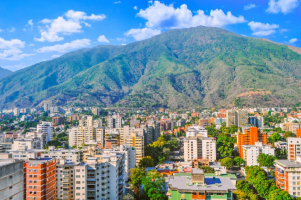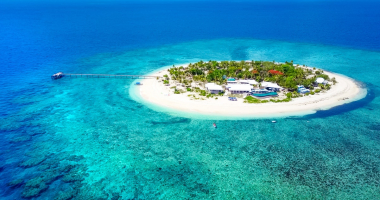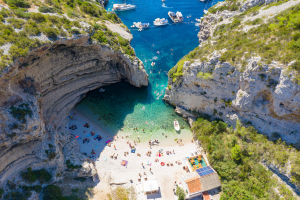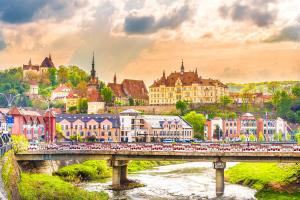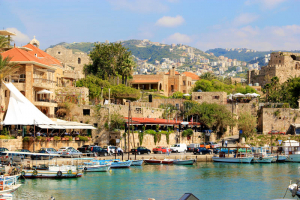Top 8 Things about Moldova You Should Know
Moldova, which is sandwiched between Romania and Ukraine, became an independent country after the Soviet Union collapsed in 1991. As a result, Moldova is a ... read more...relatively recent country, yet its history dates back millennia; some of Moldova's most important archaeological sites contain 1.2 million-year-old implements. Although it is one of Europe's poorest countries, it is rich in culture, history, and culinary traditions. Interested in learning more about this tiny country? To get you started, here are some Things to Know about Moldova.
-
Moldova is one of Europe's least visited countries, despite its wine, stunning monasteries, and bottle-shaped architecture. If you decide to visit Moldova for your vacation, you won't have to compete for space with other tourists: according to the UN World Tourism Organization, only 121,000 foreigners visited the country in 2016, making it Europe's least visited country. According to Priceonomics, only Bangladesh and Guinea are less touristic destinations on a global scale (based on the number of visitors per resident).
It was the least frequented place five years ago, but thanks to recent attention (including being dubbed the world's #2 off-the-beaten-path destination by Lonely Planet), it has soared through the ranks. With 160,000 tourists per year, it is presently Europe's third least visited country. Liechtenstein has slipped a few places to second place. This is definitely among Things to Know about Modova for travel buffs seeking off the beaten track destionation.
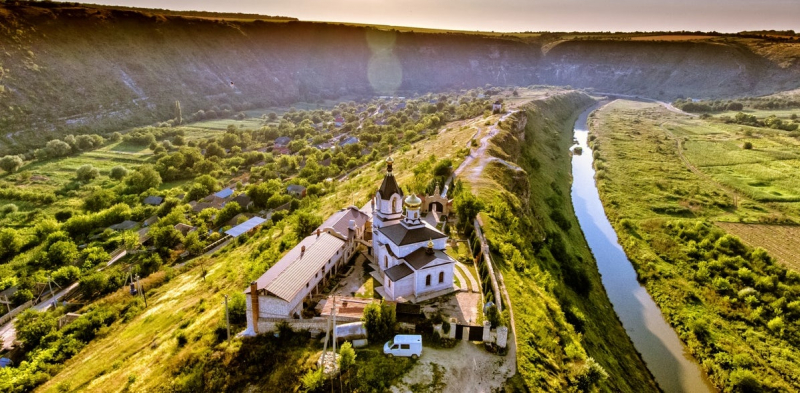
https://www.travelholicq.com/ 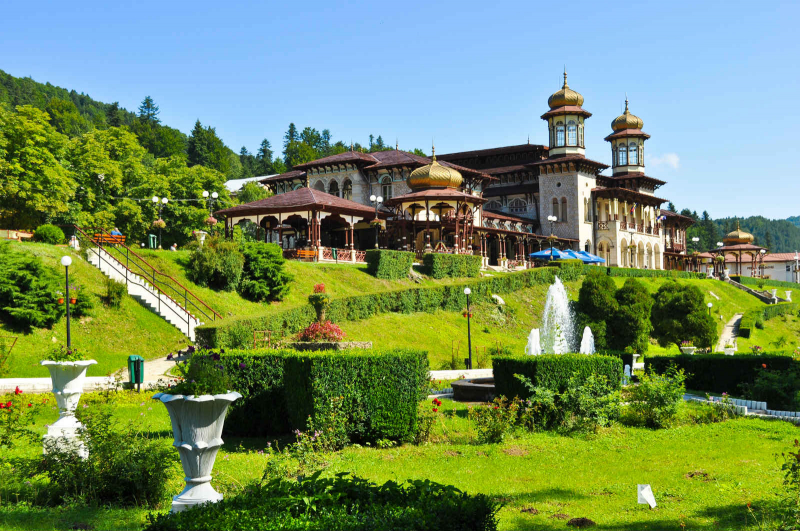
https://www.tourist-destinations.com/ -
Moldova has a well-established wine industry, with annual production of roughly two million hectolitres. Russia used to drink up to 90% of Moldovan wine, but after a diplomatic spat in 2006, Russia prohibited Moldovan and Georgian wines from entering the country. Despite this, Moldova is the world's 20th largest wine producer. The Mileștii Mici wine cellar is also the world's largest, according to Guinness World Records. Nearly two million bottles, each worth around €480, are housed in the cellar.
Moldova's National Wine Day festival takes place every October and is a country-wide celebration of good local wine. There are free shuttles between wineries, as well as extremely low-cost wine tastings.
Russia has traditionally been Moldova's largest export market, consuming up to 90% of the country's wine. However, in 2006, a diplomatic spat between the two countries resulted in a Russian ban on Moldovan and Georgian produce, which has proven disastrous for the country's economy. Despite this, it is the world's 20th largest wine-producing country (as of 2014).
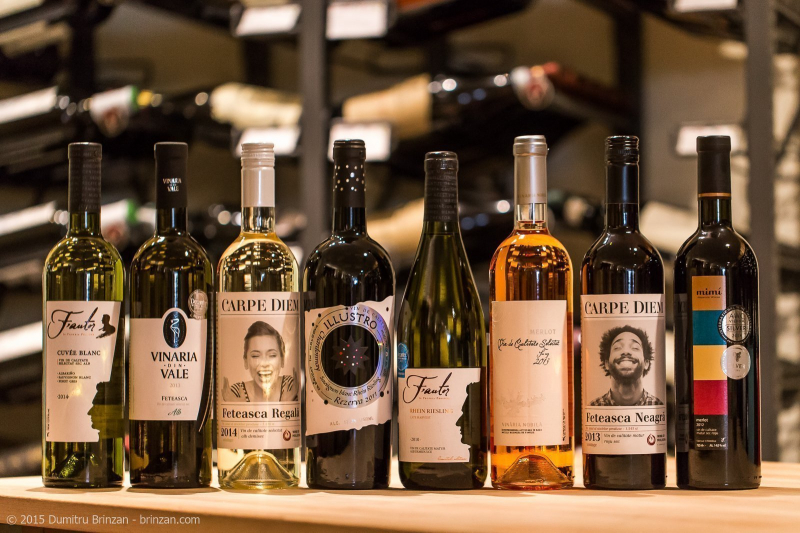
https://www.brinzan.com 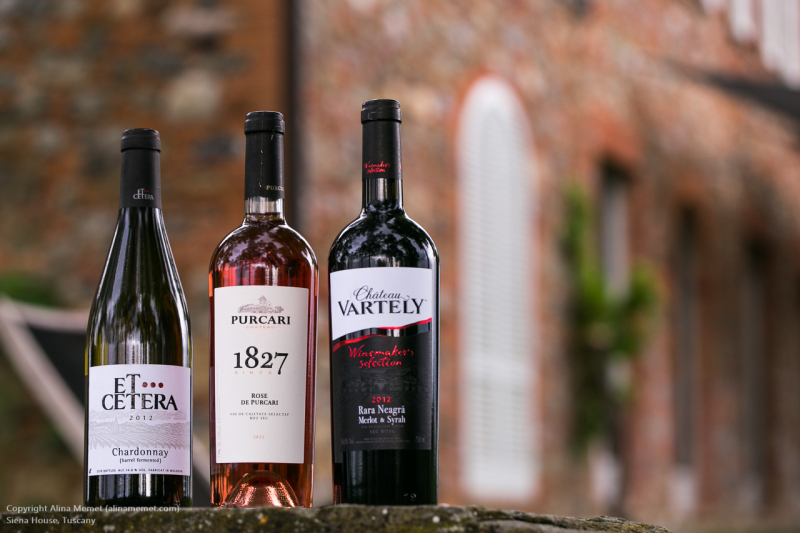
http://www.alinamemet.com -
Another fact in the list of Things to Know about Modova is the national dish - porridge. Mămăligă, a porridge made from yellow maize flour that is ubiquitous on Moldovan dinner tables, is sometimes referred to as the country's national food. It's often topped with cottage cheese, sour cream, or pork rind and served as an addition to stews and meat meals.
However, it's not the gloopy, Oliver Twist-style porridge. Mămăligă is truly a typical Romanian delicacy prepared with yellow maize flour and topped with cottage cheese, sour cream, and hog crackling. It is traditionally eaten alongside delicious stews and meat dishes. In fact, it resembles polenta rather than porridge. Even in upmarket places, this simple and healthy dish may be found on most Moldovan tables.
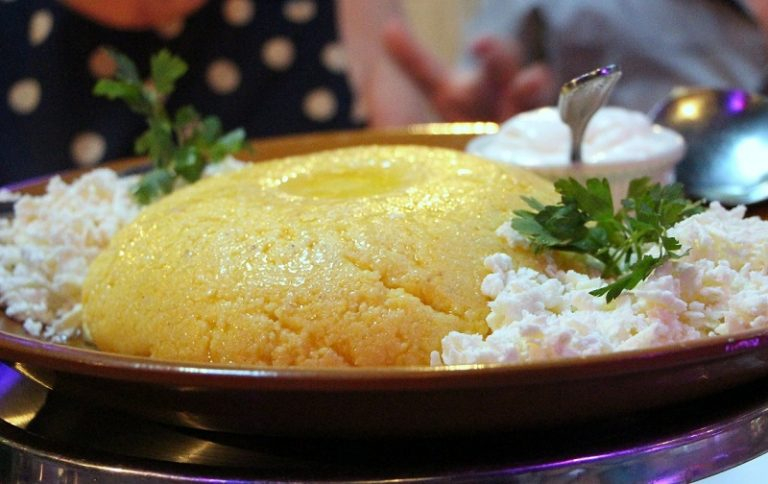
https://lets-travel-more.com/ 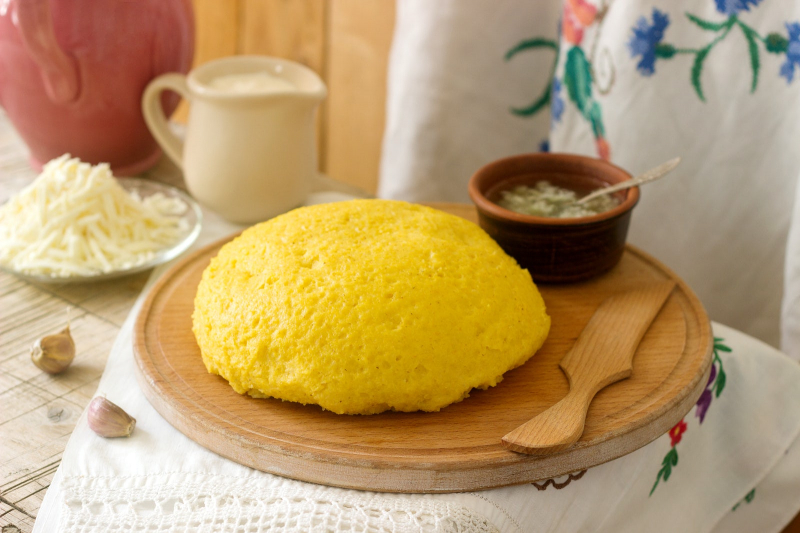
https://www.itinari.com -
It's more of a two-day extravaganza than a one-day affair. On October 3-4, winemakers open their houses and vineyards to the public as part of National Wine Day, a nationwide celebration of local booze. Wine tastings are inexpensive, and you can even take a free shuttle bus between wineries.
According to the World Health Organization, only Belarus consumes more alcohol than Moldova, with each resident consuming 16.8 litres per year on average (excluding under 15s).
Where can everyone discover the world's largest bottle-shaped building? It's a question you've often pondered. What is the solution? In Tirnauca Village, there's a museum dedicated to strong drinks. The 28-meter-high museum-turned-spirit-bottle is dedicated to... heavy drinks.
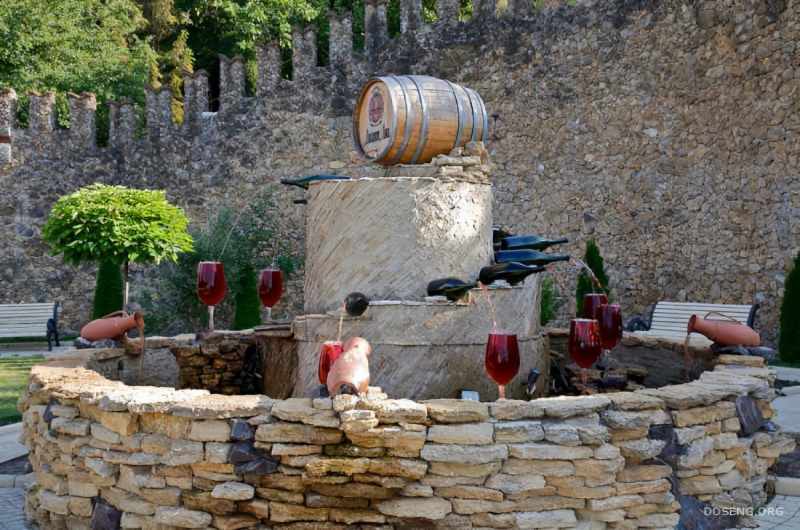
https://bashny.net/ 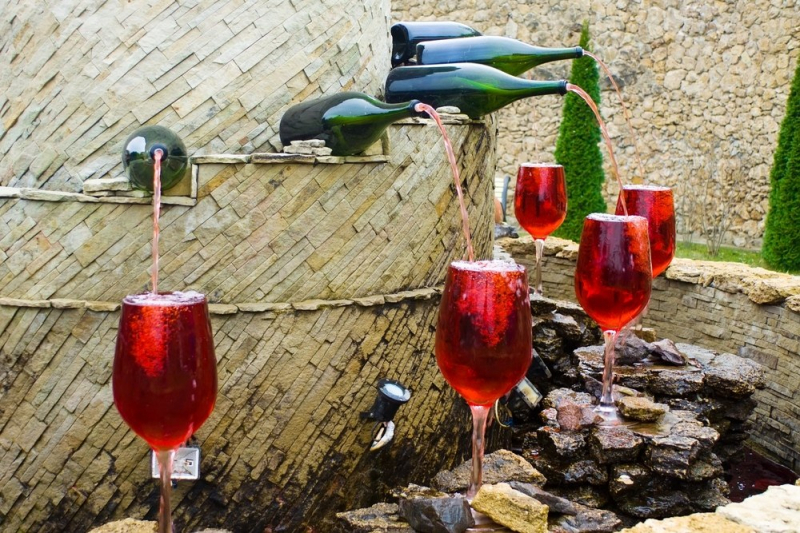
https://www.the-buyer.net/ -
Transnistria declared independence from Moldova in 1990, a sliver of land that snakes along the Ukrainian border. Many people think of it as more Soviet than Moldovan. The country is not recognized by the United Nations, but it does have its own currency and border controls.
Tensions erupted in the late 1980s, when the Moldovan Soviet Socialist Republic moved to 'de-Russianize' the regions, thereby prohibiting the Russian language in the process. In order to protect its cultural heritage, Transnistria declared independence, sparking a violent military battle. Over 1,000 people were killed, and the region gained de facto independence as a result of the ceasefire. However, despite having its own currency and border controls, the territory is not legally recognized by any UN member.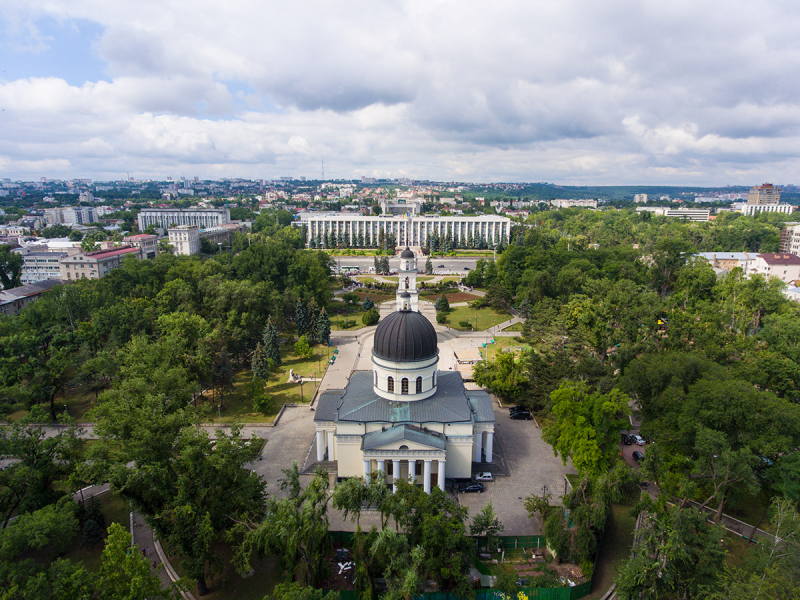
http://www.worldatlas.com/ 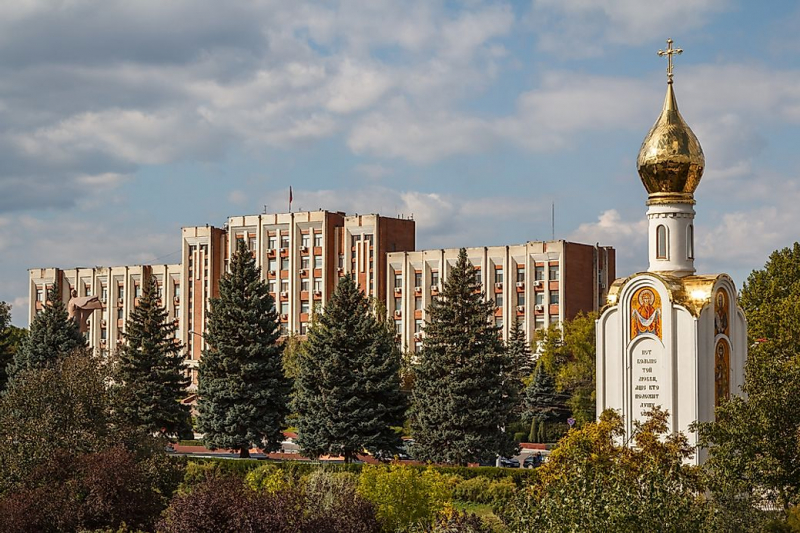
https://jaywaytravel.com/ -
This also occurred less than a decade ago. Moldova was in a political stalemate from 2009 to 2012, with competing parties unable to reach an agreement with a number of Communist defectors. After nearly three years of political gridlock, Moldovans chose veteran judge Nicolae Timofti as president in 2012, marking the first time the country had a leader in 917 days.
Actually, Nicolae Timofti was eventually elected president, although not by popular vote. Maia Sandu, Moldova's first-ever female president, was elected in 2020.
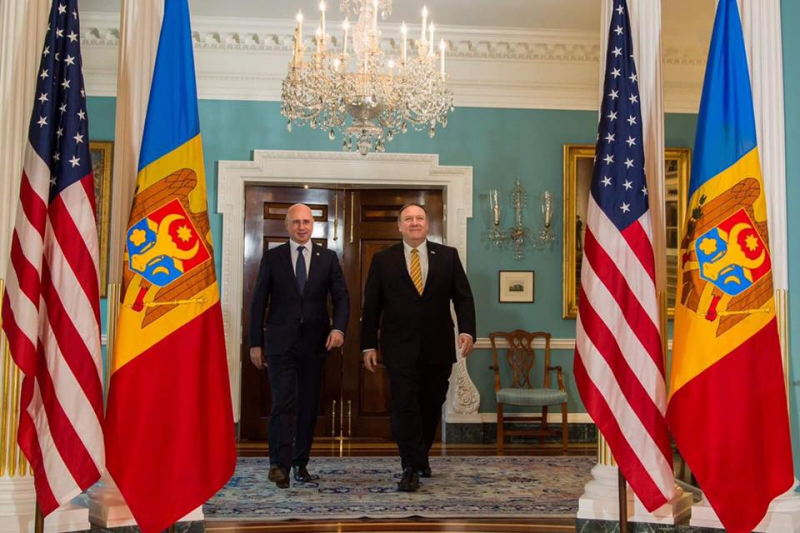
https://moldovanpolitics.com 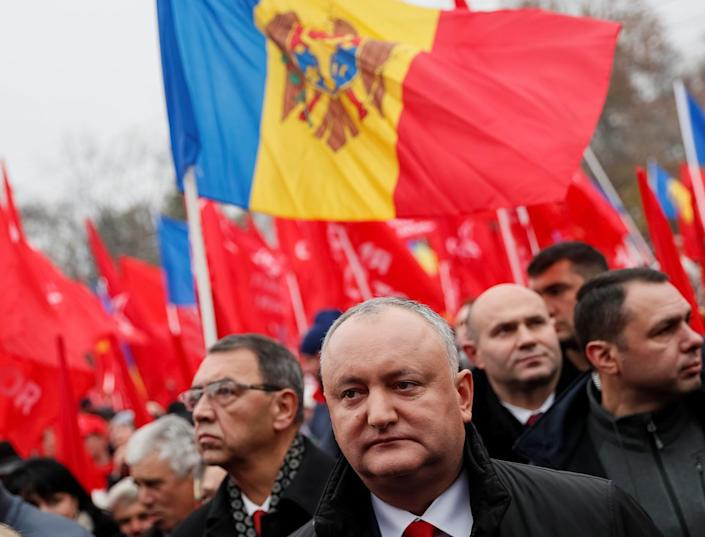
https://news.yahoo.com/ -
Moldovans are noted for their outstanding celebrations of Jesus Christ's birth. Moldovans begin their celebrations as early as November, with a lot of food and decorating. Unlike its Russian-Orthodox neighbors, Moldova celebrates Christmas from December 24 to December 26. (their main event is in January). The feasting, parties, and gift-giving begin in November with the baking of cakes and the killing of pigs, and end with three days of feasting, parties, and gift-giving.
After Moldova acquired independence, the Russian Father Frost myth was abolished, and children's presents are now brought by Mos Craciun, who resembles our Santa Claus.
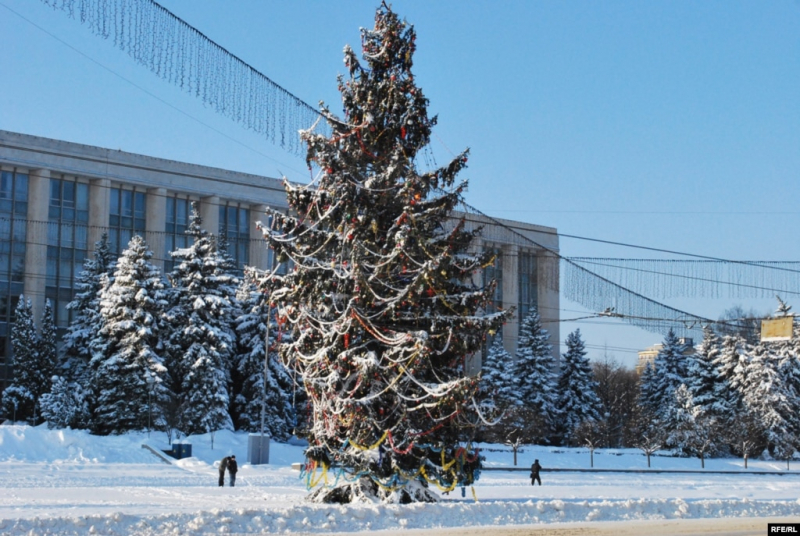
https://mcdaniel.hu/ 
https://guidedtours.one/ -
An incredible fact on the list of Things to know about modova is that Most Moldovans are multi-lingual. Moldovans make about two-thirds of the population, and the two countries share a rich cultural legacy. The native language is Romanian, however the majority of Moldovans speak Russian. Gagauz, a Turkik language, is also spoken by a large portion of the people.
Moldovans speak both Romanian, which is the native language, Russian or Gagauz. Some speak all three.
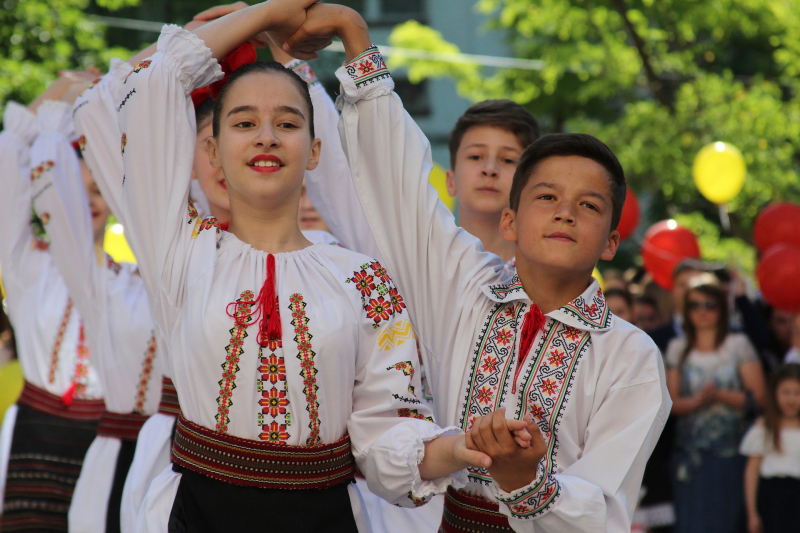
https://www.undiscovered-destinations.com/ 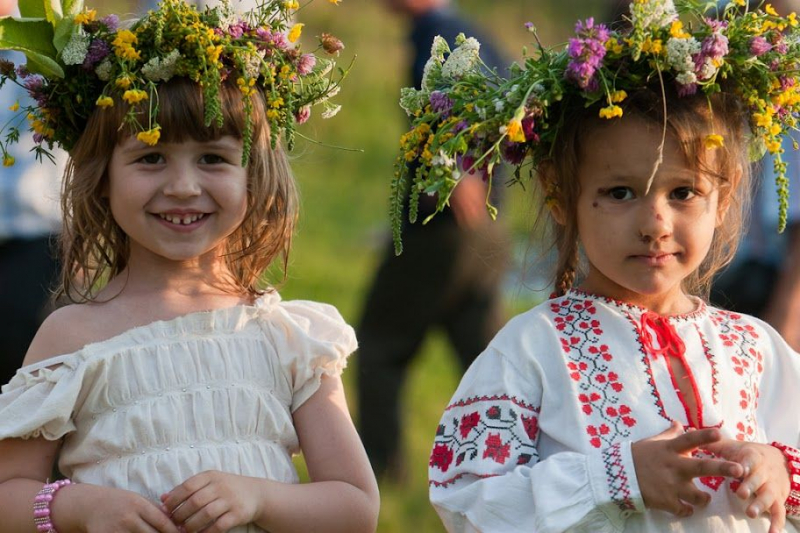
https://dedicated11.blogspot.com










